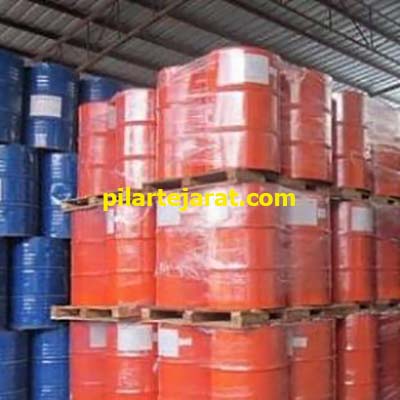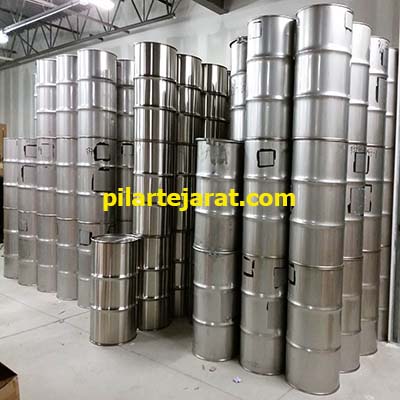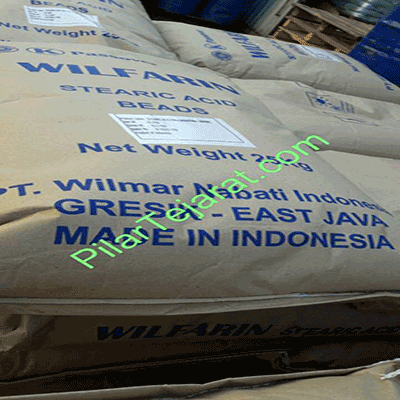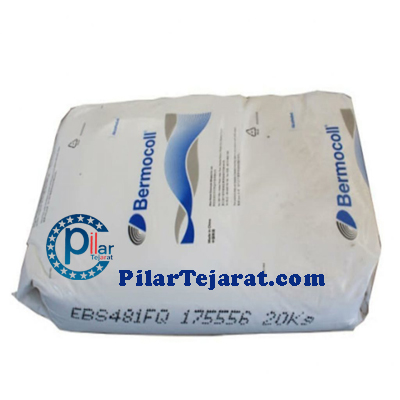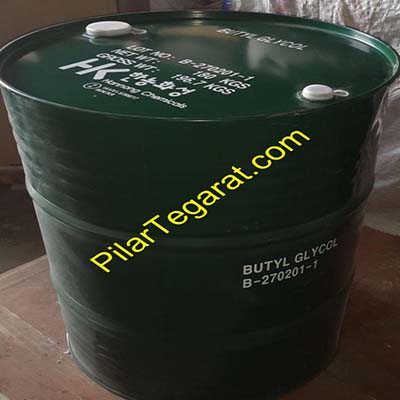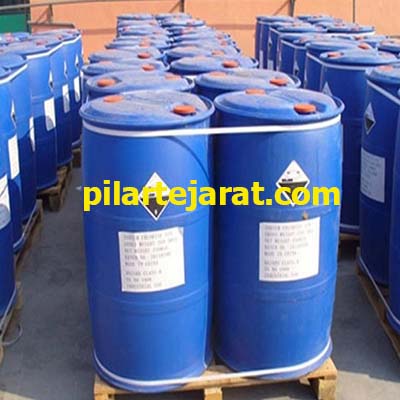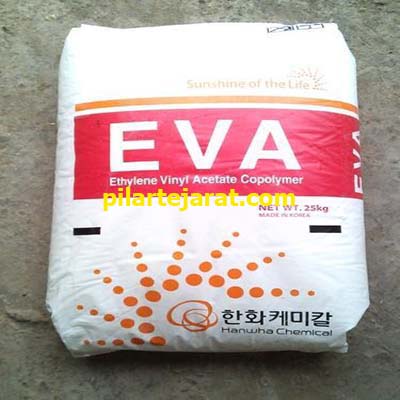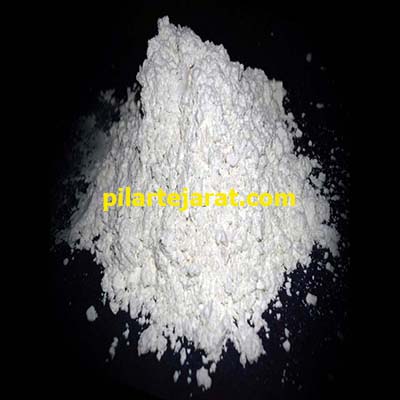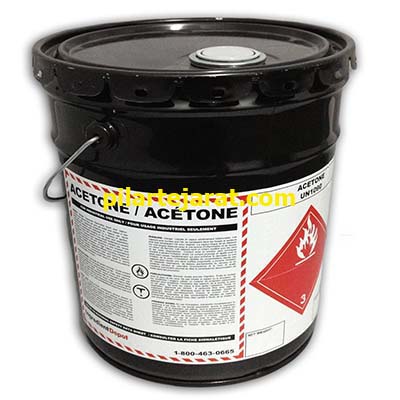Stearic acid, or octane decanoic acid, is a white powder (solid waxy compound) with the chemical formula C18H36O2, which is actually a large saturated fatty acid chain with 18 carbon atoms in its molecular structure.
The source and method of production of stearic acid?
It is found in the structure of many animal and plant lipids (animal and vegetable fats and oils) and although it is available separately, it is usually available as a combination of static acid and palmitic acid. In industry, this substance is usually obtained by hydrogenating some unsaturated vegetable oils or by adding acid to animal fats along with water at high pressure and temperature, which leads to the hydrolysis of triglycerides.
Benefits and properties of stearic acid?
Optimal emulsifier properties, good softening power, good ability to combine with all kinds of detergents and water, as well as high cleaning power in removing oil, soil and bacteria on the skin and hair and other surfaces have led to its use .In many detergent products, cosmetics are justified.
Application of stearic acid?
It is used in a variety of industries, for example in the production of skin and hair care products, shampoos, household cleaners, in the manufacture of candles, plastics, for softening rubber, for hardening soaps, in firefighting or related work. it is used as a hardener in candies, as a lubricant during injection into molds, and so on.
Static acid storage conditions?
Stearic acid is non-toxic, but people who are in constant contact with the powder or dust may experience eye irritation, itching or burning of the skin and respiratory problems, or even digestive disorders, and so on Proper glasses and wearing gloves, clothing, masks are essential for long-term use. It also has a hydrogen in its molecular structure that is reactively active and easily participates in substitution reactions, so it is best kept away from heat sources, heat sources, fire and moisture.










